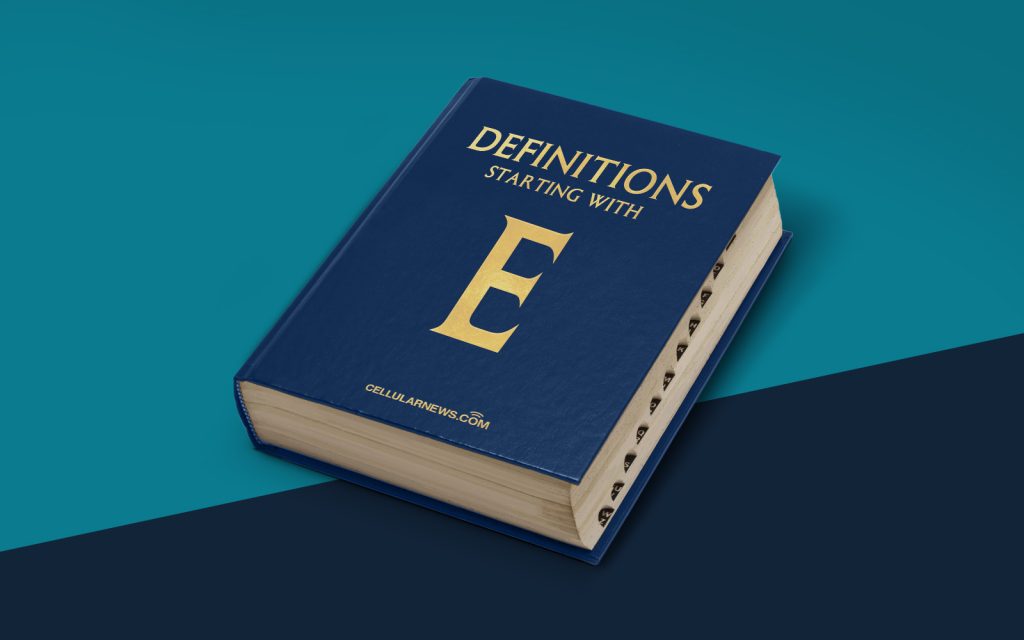
Understanding E-Diplomacy: A Beginner’s Guide
Have you ever wondered how technology has changed the way countries communicate and collaborate with each other? Well, that’s where E-Diplomacy comes into play. In this article, we’ll explore the world of E-Diplomacy and understand its significance in the modern age.
Key Takeaways
- E-Diplomacy leverages technology for diplomatic communication and international relations.
- It encompasses various digital tools and platforms to facilitate diplomatic efforts.
What is E-Diplomacy?
E-Diplomacy, or electronic diplomacy, refers to the use of digital technologies and tools in the practice of diplomacy and international relations. In simpler terms, it’s about how countries and their representatives use the internet, social media, and other digital platforms to engage with each other and address global issues.
Think of E-Diplomacy as the modern, tech-savvy version of traditional diplomacy, where instead of relying solely on face-to-face meetings and official letters, diplomats now have a wide array of digital resources at their disposal to conduct their work.
Why is E-Diplomacy Important?
E-Diplomacy plays a crucial role in shaping international relations and global governance in the 21st century. Here’s why it’s so important:
- Enhanced Communication: Digital platforms enable diplomats to communicate in real time, breaking down geographical barriers and fostering quicker exchanges of information and ideas.
- Public Diplomacy: Social media and online channels provide a direct line of communication between governments and the public, allowing for greater transparency and engagement with global citizens.
- Efficiency and Cost-Effectiveness: E-Diplomacy streamlines administrative processes and reduces the costs associated with traditional diplomatic activities, making international relations more efficient.
These are just a few reasons why E-Diplomacy has become an integral part of modern diplomatic practices.
Tools and Platforms of E-Diplomacy
E-Diplomacy encompasses a wide range of digital tools and platforms that diplomats and government officials use to conduct their work. Some of the key tools and platforms include:
- Social Media: Platforms like Twitter, Facebook, and LinkedIn are used by diplomats to engage with foreign audiences, share policies, and gather insights on global issues.
- Virtual Meetings: Video conferencing tools such as Zoom and Skype enable diplomats to hold virtual meetings and negotiations without the need for physical presence.
- Digital Archives: Online databases and archives store diplomatic documents, treaties, and historical records, providing easy access to valuable information.
- Public Engagement Platforms: Websites and forums allow governments to interact with the public, gather feedback, and address concerns on an international scale.
These tools have revolutionized the way diplomacy is conducted, allowing for greater connectivity and collaboration across borders.
The Future of E-Diplomacy
As technology continues to advance, the role of E-Diplomacy will only grow in importance. With the rise of artificial intelligence, big data, and cybersecurity, diplomats will need to adapt to new digital challenges and opportunities in the ever-evolving landscape of international relations.
By embracing E-Diplomacy, countries can build stronger connections, foster global cooperation, and address complex issues in a more interconnected world.
So, the next time you scroll through your social media feed or join a virtual meeting, remember that E-Diplomacy is at work behind the scenes, shaping the way nations interact and collaborate on the world stage.
And that’s the fascinating world of E-Diplomacy in a nutshell!
